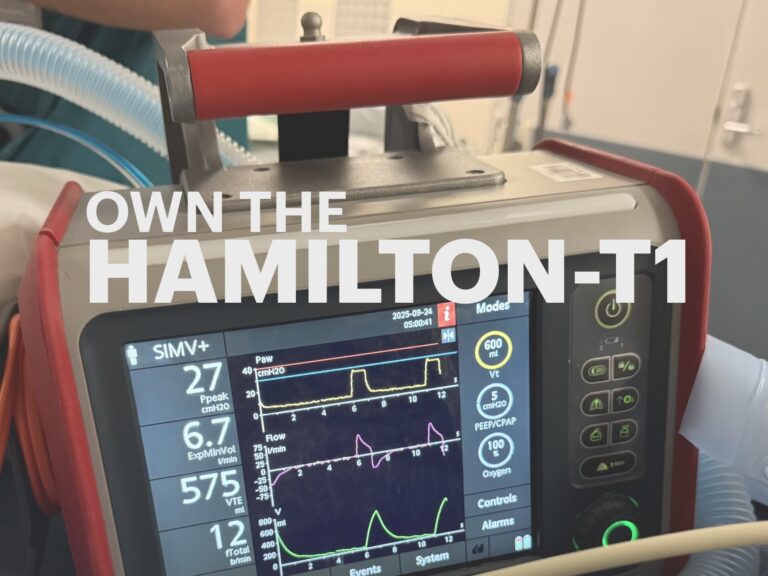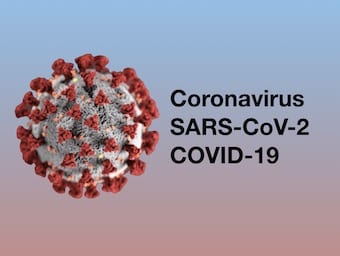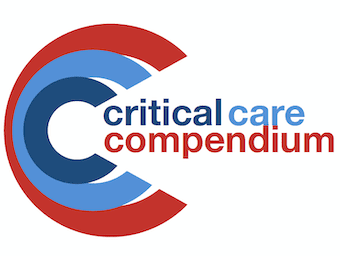
Own the Hamilton
Own the Hamilton: video guide to transitioning from Oxylog to Hamilton T1. Learn manual strategies, ASV, and simulation-based ventilator training.

Own the Hamilton: video guide to transitioning from Oxylog to Hamilton T1. Learn manual strategies, ASV, and simulation-based ventilator training.

Hamilton T1 paediatric/neonatal ventilation cards: SIMV+, NIV, nCPAP strategies with weight-based titration and troubleshooting guidance.

Hamilton T1 adult/paediatric ventilation cards: SIMV+, NIV, ASV strategies with settings, titration and troubleshooting for critical care.

Part 4 of "COVID-19: Keeping the baby in the bath" discussing the setting of positive end expiratory pressure (PEEP) in critically ill COVID-19 patients.

Part 3 of the "COVID-19: Keeping the baby in the bath" series discussing whether COVID-19 is part of acute respiratory distress syndrome (ARDS) and the importance of lung compliance.

Discussing "silent hypoxaemia" and timing of intubation. Part 2 of the COVID-19: keeping the baby in the bath" series

Positive End-Expiratory Pressure (PEEP) is the maintenance of positive pressure within the lungs at the end of expiration

Spontaneous breathing can occur without ventilatory support (unassisted spontaneous breathing) or be integrated with mechanical ventilation with assisted ventilation modes (assisted spontaneous breathing).

ARDSnet Ventilation Strategy: Note that the definitions below have recently been revised - however they are included here as they were used in the ARDSNet trial.

Refractory hypoxia, leading to dysoxia at the cellular level, can be difficult to manage in severe acute respiratory distress syndrome (ARDS)

Selective Lung Ventilation involves the isolation of one lung from the other allowing independent ventilation. Usually performed with a double lumen tube (DLT); alternatives are the use of a univent tube or an endobronchial blocker

A-a gradient is calculated as PAO2 – PaO2. A normal A–a gradient for a young adult non-smoker breathing air, is between 5–10 mmHg.